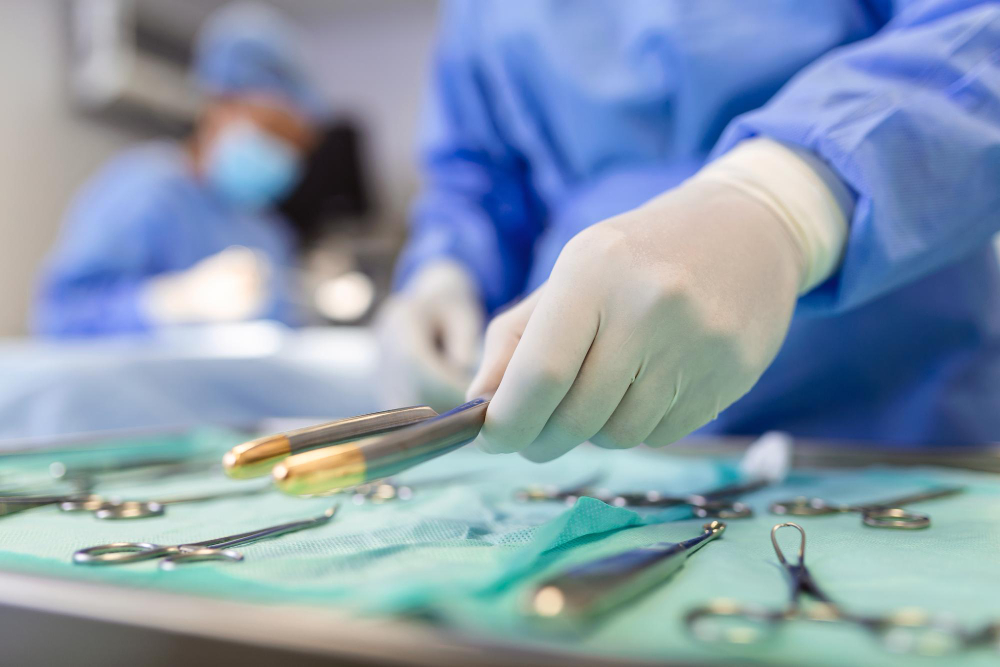Introduction
When you need surgery, you may hear about two main options: laparoscopic vs. open surgery. Both methods help treat many health problems. However, they differ in how doctors perform them. Knowing the key advantages of each can help you make an informed choice. In this blog, we explain surgical options, recovery, and what to expect. We also use trusted sources like the World Health Organization (WHO) and the Centers for Disease Control and Prevention (CDC).
What Is Laparoscopic Surgery?
Laparoscopic surgery is also called minimally invasive surgery. In this method, doctors make a few small cuts in your body. Then, they use a thin tube with a camera, called a laparoscope, to see inside. Special tools help the surgeon work through these small openings. Because of this, the surgery often causes less pain and leaves smaller scars.
What Is Open Surgery?
Open surgery is the traditional way to perform operations. In this method, doctors make a larger cut to reach the area that needs treatment. This approach gives the surgeon a clear view and more space to work. Although it is common, open surgery usually means a longer recovery time and a bigger scar.
Key Advantages of Laparoscopic Surgery
Laparoscopic surgery offers many benefits. For example, it is often safer and easier for patients. Here are some key advantages:
According to the CDC, minimally invasive surgery can also reduce the risk of some complications.
Key Advantages of Open Surgery
While laparoscopic surgery is popular, open surgery still has important benefits. Sometimes, it is the best choice. Here are some reasons why:
In some situations, open surgery is the only safe option. Your doctor will explain if this is the case.
Comparing Recovery, Risks, and Outcomes
Recovery time is often shorter with laparoscopic surgery. For instance, many people go home the same day or after one night. Open surgery usually needs a longer hospital stay. However, both types have risks, such as infection or bleeding. The chance of problems is lower with minimally invasive surgery in many cases. Still, some patients may need open surgery for the best results. Outcomes depend on your health, the type of surgery, and the surgeon’s skill.
How to Choose the Right Surgical Approach
Choosing between laparoscopic and open surgery depends on several factors. These include:
In some cities or rural areas, certain surgical options may not be available. Always ask your doctor about the best choice for your needs.
Frequently Asked Questions
Conclusion
Both laparoscopic and open surgery have unique advantages. While minimally invasive surgery offers faster recovery and less pain, open surgery is sometimes needed for complex cases. Therefore, it is important to talk with a qualified surgeon. They can help you choose the best surgical option for your health and needs. Consult a qualified surgeon to discuss which surgical option is best for you.
